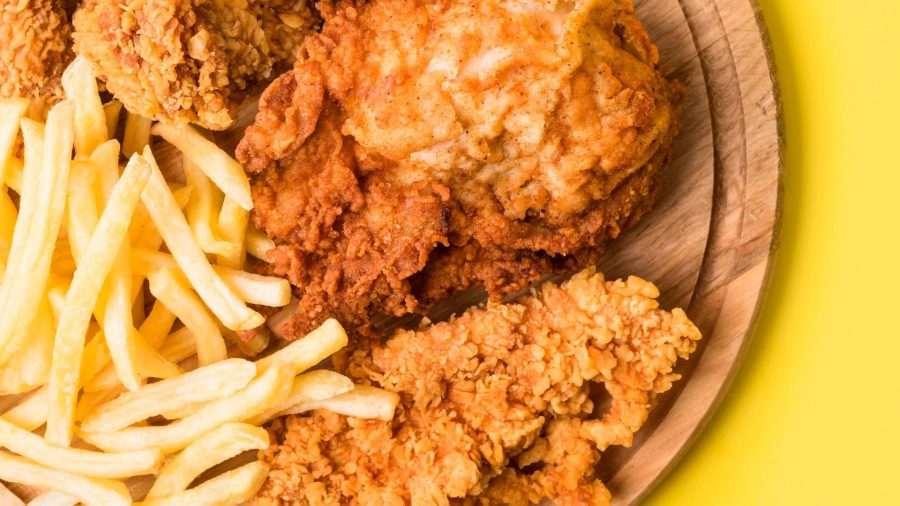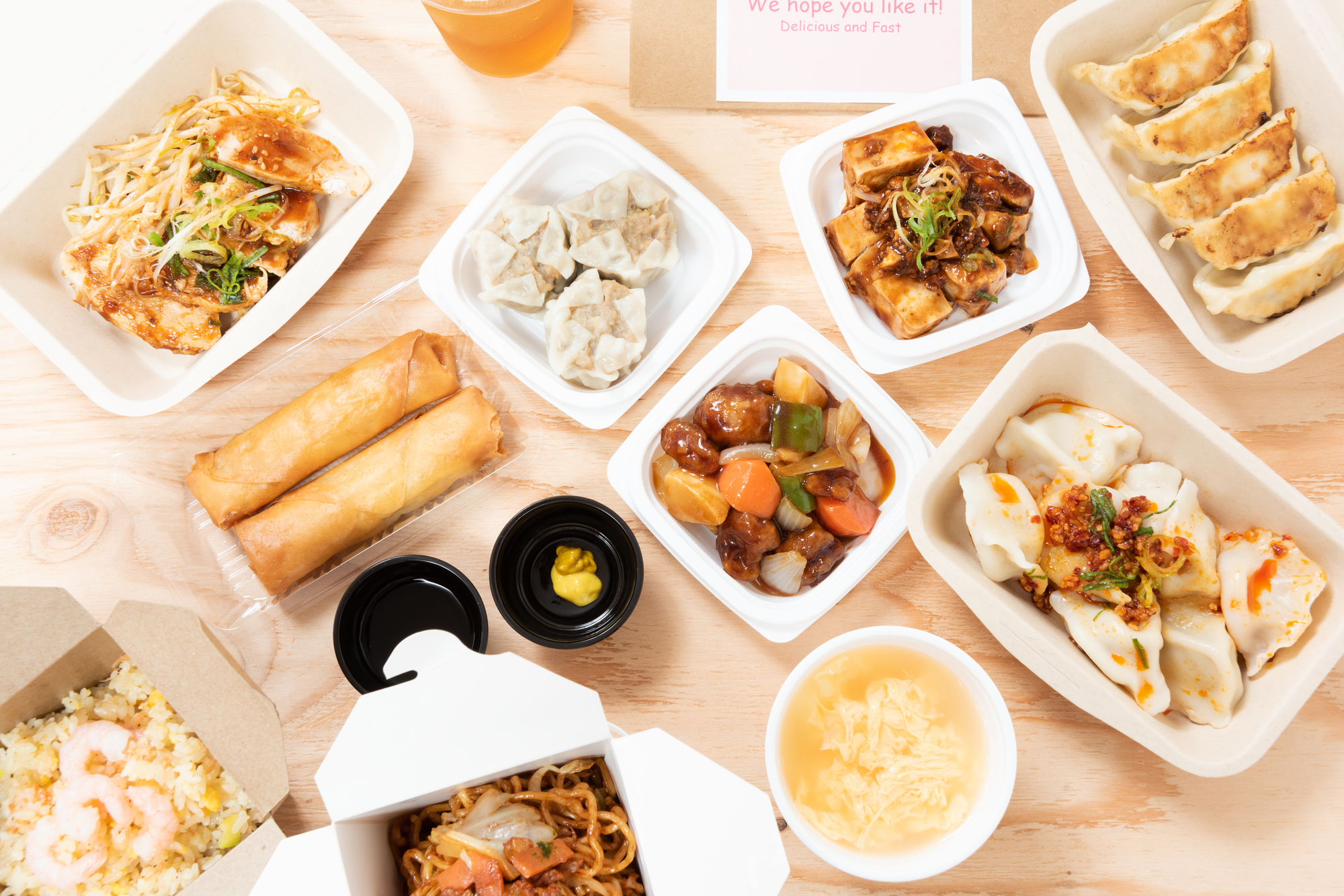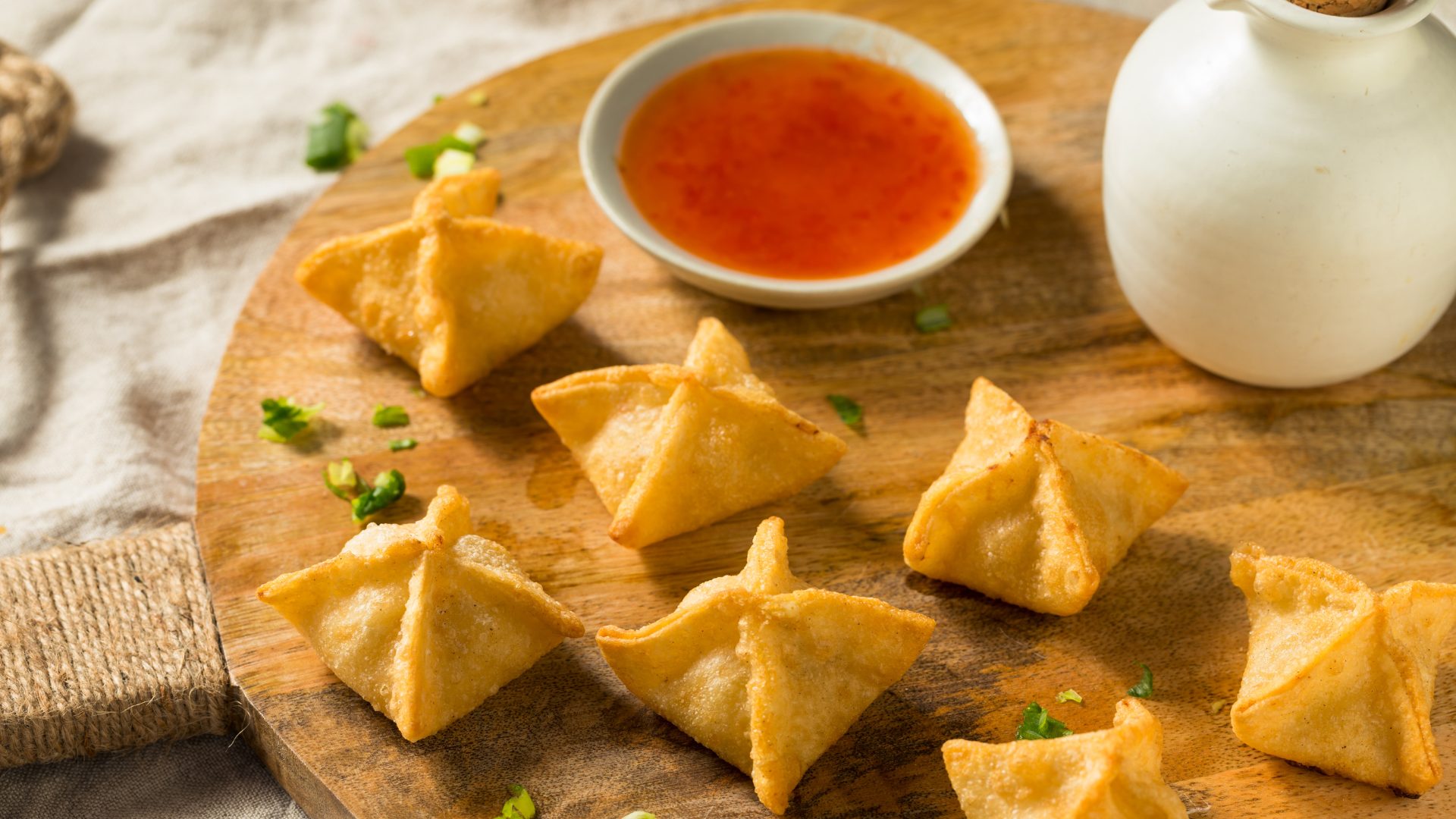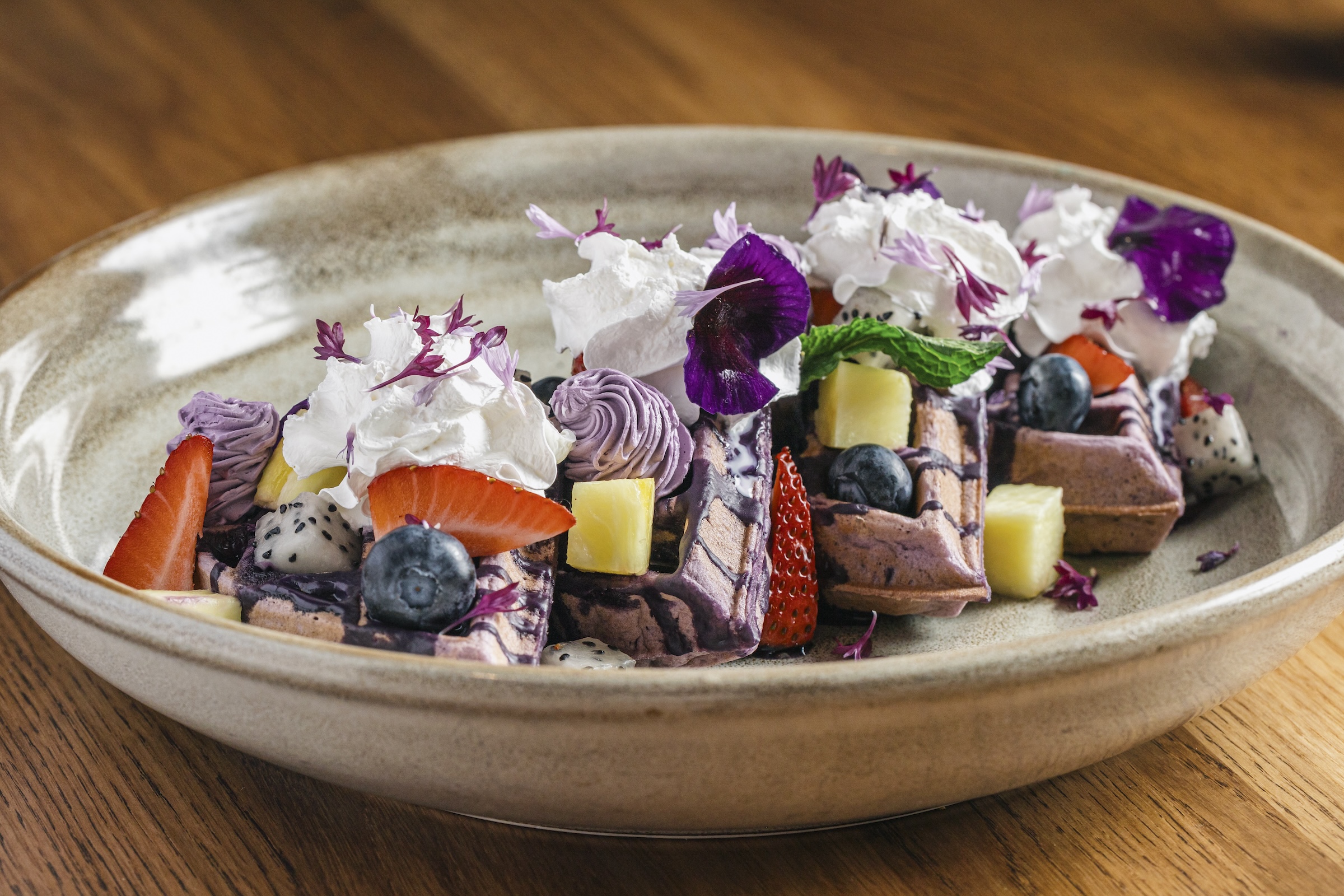Consumers are still loving all things fried.
Market research service Mintel Menu Insights found that the number of fried foods on U.S. restaurant menus rose 5% during the first three quarters of 2021. And with that figure in mind, repairs for restaurants’ deep-fat fryers have doubled due to overuse, reported The Wall Street Journal (April 17).
Further, consumers are becoming more adventurous home chefs and nearly half of U.S. households now own an air fryer.
The Food Institute looked into what is driving this trend:
COMFORT FOOD CONSUMPTION
“During the pandemic, many folks looked to comfort foods to provide comfort during an extremely stressful, and long, period,” Dr. Joan Salge Blake, a nutrition professor at Boston University, told The Food Institute.
“It doesn’t surprise me that some folks still want conventionally fried foods when dining out, said Blake. “It could be because it’s a staple in their present lives or that it’s a flashback to memories of consuming traditional fried foods pre-pandemic.”
AIR FRYERS POPULAR WITH HEALTH-CONSCIOUS CONSUMERS
Health-conscious consumers are also looking to get their fried-food fix and air fryers have been their appliance of choice.
More than 40% of U.S. consumers now own air fryers, according to Mintel.
Blake noted that cooking with an air fryer allows consumers to cook up crispy, fried foods, that are healthier and quicker to prepare than traditional frying methods.
“The pandemic also caused COVID cooking fatigue,” said Blake. “Any appliance that helped consumer prepare dinner more easily was a winner.”
With a high percentage of consumers still working from home, many are still cooking more, but are becoming more conscious of what they are making.
“After being locked down and indulging in comfort foods, consumers are pushing to get active and moving again to support their health journey goals, but without giving up their newly discovered or rediscovered love for fried foods,” Rifle Hughes, innovation and strategy business partner at JPG Resources, told The Food Institute.
“Consumers have become more savvy bringing their own creations to the table,” said Hughes. “We’ll continue to see this expand as more consumers explore their culinary skills.”












